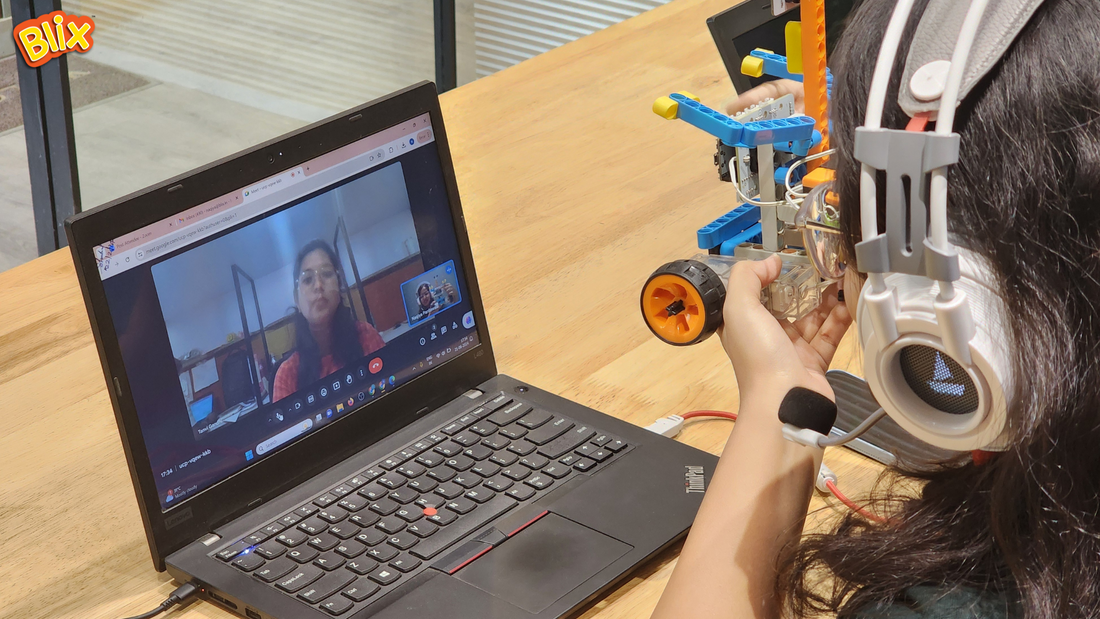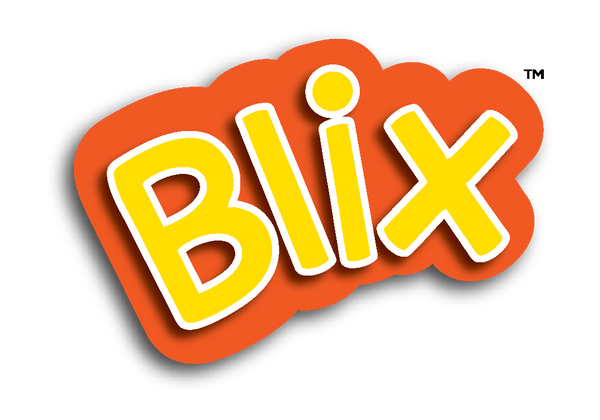
Make Learning Fun with AI for Kids
Share

Kids are quick to learn the new. They ask questions that actually adults don’t. That’s exactly why Artificial Intelligence (AI) should enter the classroom. Not as a complex subject for later, but as an everyday experience early on.
If taught right, AI can become less of a technical concept and more of a creative tool. The trick lies in making it playful. You have to make it quite tangible and story-driven.
Why does AI belong in early STEM?
STEM education is all about exploring by learning. But AI, on the other hand, opens an entirely different layer.
Traditional learning often asks kids to memorize rules. AI asks them to design the rules. Whether it’s voice recognition, pattern learning, or smart automation, AI flips the classroom from passive to participatory.
How to turn concepts into play?
One of the simplest ways to turn any difficult concepts into play is through the right educational toys. Also, an interactive environment plays a crucial role here. For example, there's a robot set. The set mimics voice commands. Or there's a smart sensor built from a STEM robotics kit. From all these kits at side, concepts like data input, feedback loops, and logic trees are easily understood by kids.
Parents, instead of explaining algorithms, can frame the lesson as a problem to solve. The robot is lost. How can it learn to find its way home? This gives kids a reason to build, think, and imagine. And they do this all while learning about basic AI functions. This is where AI and Robotics concepts can be scaled down without being dumbed down.
Now, what is design-led learning? And why does it matter?
Letting children create their own systems makes a difference. Not by following steps. Instead, they decide what their robot kit should do. Because free-form learning actually allows more thinking and less repetition. Children they themselves feel like inventors and not just consumers.
So, what keeps AI learning engaging?
- Kits should offer multiple outcomes and must not come with one fixed design, like the Blix’s boffin kit, best for beginners, and Boffin master for advanced learning.
- Story-driven challenges that allow kids to imagine
- Tools that respond to children’s inputs in real time
- Tasks where the robot or AI system needs to be “trained” by the child
- Personal projects that give kids a sense of authorship
Why does Blix fit into this model?
Blix gets this right. Our STEM kits aren't simply being completely educational. They create room for thought, invention, and narrative. All these are quite essential when dealing with robotics education for children. And when AI is part of that toolkit, kids learn how commands work and the whole concept of cause, logic, and consequence.
Don’t wait. They’re ready!
We’ve spent too long waiting for kids to “grow into” AI. But this generation is already interacting with it. Whether through voice assistants or smart toys. Trying STEM kits for kids, educational robotics kits, and AI elements in a kid’s daily learning doesn’t complicate things. It lets kids shape the technology that’s shaping them. So, are you ready for the change?
